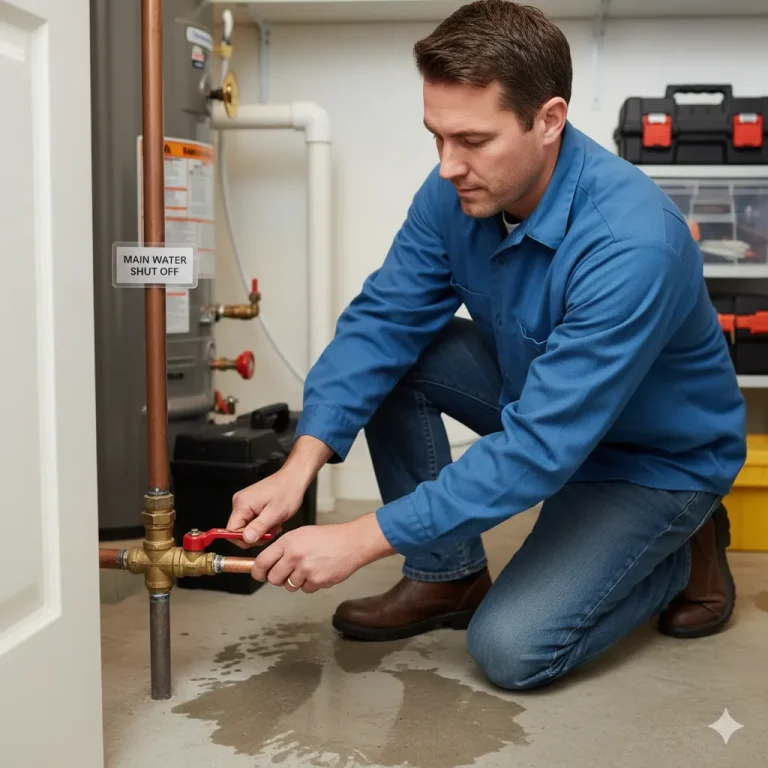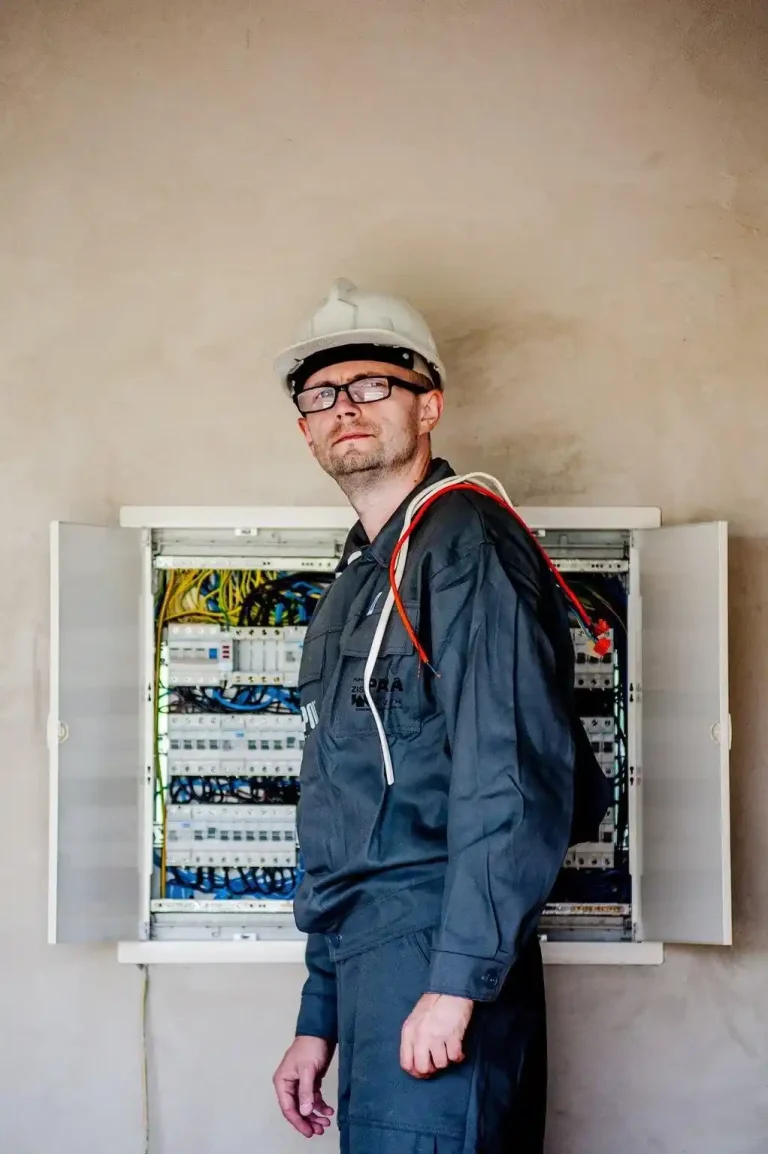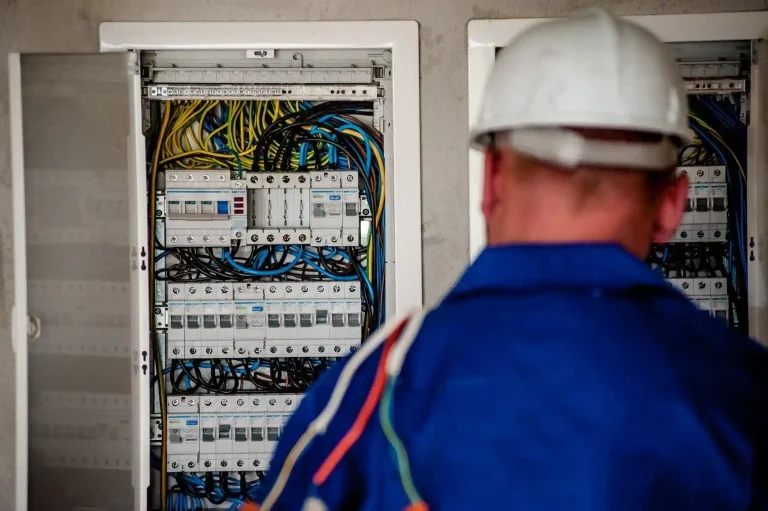Is Your Cooling System Ready for Summer? Here’s How to Check

When the summer heat rolls in, the last thing you want is to find out your unit can’t keep up. For homeowners in Sachse, TX, staying on top of repairs and maintenance is especially important. Summers here can bring long stretches of high temperatures, making a reliable unit more than just a luxury—it’s a necessity. Regular checks now can save you from breakdowns later, keeping your home comfortable all season long.
Here’s how to make sure yours is ready before the heat arrives.
Begin with a Visual Inspection
Start your preparation by taking a careful look at the outdoor unit. Remove leaves, dirt, and debris that may have built up around it, as these can block airflow. Check for any visible damage, such as bent fins or rust, that could affect performance. Inside, look around the vents to make sure nothing is blocking them, such as furniture or curtains. This simple first step ensures air can move freely and helps your unit work without unnecessary strain, giving you better efficiency and comfort.
Know When to Call for Professional Help
There are times when only a trained technician can solve the problem. Warning signs include loud or unusual noises, weak or uneven cooling, frequent cycling, or unpleasant odors coming from the vents. Ignoring these issues can lead to more significant, costly repairs and may leave your home uncomfortable when you need relief the most. When problems arise, turning to a reliable AC repair in Sachse, TX, ensures you get quick, local service from experts familiar with the area’s climate and the stress it places on cooling equipment. These professionals can diagnose issues accurately, make the right repairs, and recommend preventive steps to keep your unit running smoothly and efficiently through even the hottest days of summer.
Test Airflow and Thermostat Accuracy
Check the airflow coming from your vents to make sure it feels steady and strong. Weak airflow can signal clogged filters, duct problems, or issues with the fan. This can make it harder to keep the home at a comfortable temperature. Next, adjust the thermostat and see how quickly the indoor temperature responds. If the changes are slow or inconsistent, the thermostat may need recalibration or replacement. Small adjustments now can make a big difference in energy use and overall comfort later.
Replace or Clean the Filter
A dirty filter can reduce performance, raise energy bills, and lower indoor air quality. It’s a simple task that can have a big impact. Most filters should be checked monthly and replaced at least every one to three months. If your home has pets or gets dusty quickly, you may need to replace filters more often. This easy habit helps your equipment run more smoothly and can even extend its lifespan by reducing wear on the internal parts.
Examine Refrigerant Levels
Low refrigerant can cause reduced performance, longer run times, and even frozen coils. Warning signs include warm air from the vents, hissing noises, or visible ice on the unit. These should never be ignored. Because handling refrigerant requires special training and equipment, this is a job for a licensed technician. They can measure levels accurately, locate leaks, and refill as needed while ensuring your equipment operates safely and efficiently throughout the summer.
Check Electrical Connections
Faulty wiring or loose electrical connections can lead to sudden shutdowns or even damage to the unit. Over time, vibrations and general wear can cause wires to loosen, which can impact performance and safety. A professional technician can test the voltage and tighten any loose connections during a maintenance visit. This not only keeps the equipment running reliably but also helps avoid more costly repairs caused by preventable electrical problems.
Inspect the Drain Line
Your unit removes moisture from the air as it runs, and that water needs a clear path to drain away. If the drain line becomes clogged, water can back up, leading to leaks, mold growth, and water damage. A quick way to check is to locate the drain line outlet and make sure water is flowing freely when the unit is running. If you notice pooling water or slow drainage, call a technician to clear the blockage before it turns into a bigger issue.
Clean the Coils
Both the evaporator and condenser coils can collect dirt over time, which reduces efficiency and forces the unit to work harder. This can lead to higher energy bills and more wear on the components. Cleaning the coils once or twice a year helps maintain efficiency. While light cleaning can be done at home by gently rinsing the outdoor unit, a professional cleaning ensures both coils are thoroughly maintained without causing any accidental damage.
Listen for Unusual Noises
Strange sounds coming from your unit often mean something is wrong. Grinding, squealing, or banging noises could point to worn-out parts, loose components, or issues with the motor. These noises rarely fix themselves and can get worse over time. Calling a professional early prevents further damage and helps maintain consistent comfort. Make it a habit to listen for changes in sound, as they can be one of the first signs of trouble.
Schedule Preventive Maintenance
The most effective way to prepare for summer is to schedule a full professional inspection before peak temperatures arrive. Preventive maintenance covers cleaning, part inspections, and adjustments that improve performance and extend equipment life. By investing in routine service, you reduce the risk of sudden breakdowns and keep energy bills manageable. Many service providers offer maintenance plans that include seasonal checkups, making it easier to stay on track year after year.
Getting ready for summer is about more than turning the unit on and hoping for the best. From checking airflow and cleaning filters to inspecting coils and electrical connections, these steps help ensure your equipment is ready for the demands ahead. Acting early allows you to catch small issues before they become costly repairs, and keeps your home comfortable even during the hottest weeks. Whether you do a few checks yourself or bring in a professional, preparation now will pay off with reliable performance all summer long.





